
|
2nd Romanian Tzuica Tourney
|
|
Theme Definition Prizes in bottles of Tzuica. You can participate with either of the two following ways:
|
Dinu-Ioan Nicula Vlaicu Crisan Eric Huber Original |
|
||
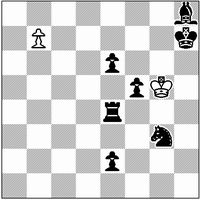
|
1...e1=T 2.b8=D Th1 3.De8 Th6 and now 4.Dg6+ Txg6# 1...e1=L 2.b8=S Lec3 3.Sd7 Lcg7 and now 4.Sf6+ Lxf6# Bicolour AUW The example is in 3½ moves, which means that here Black plays first, and not White, as the usual case is. |
||
HS#3½ |
2 solutions | (2+7) | |
[Webmaster's note] This fairy condition appears in the FIDE Album as "help-compel-mate", where White moves first and is mated. Black helps until his final move, which must be forced, as in a selfmate. We find the opportunity to reproduce a very fine hs#3 from the FIDE Album 1992-94 (not thematic, of course, since no promotions occur.) |
bernd ellinghoven Hans-Peter Rehm feenschach 1994 To the memory of P. Kniest |
|
||
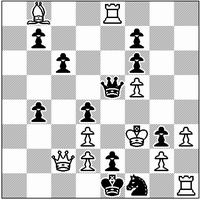 |
1.Ld6 Da5 2.Te4 Dc7 and now 3.Lxg3+ Dxg3# Pericritical Rehm manoeuvres in excellent orthogonal / diagonal echo |
||
HS#3 |
211111 |
(10+11) |
|
A record number of 33 problems have taken part in this tourney. This success seems to be own to the popularity of pawns promotions. The judging criteria were mainly the number of promotions, how artistic they were presented and also the technical quality of the problem. The level of the tourney proved rather high (many authors showed 4 promotions or more), which explains why a fair proportion of the entries can be found in this award. [Webmaster's note] The 3rd Prize of Joost de Heer appearing in the bulletin was cooked after the congress; the composer managed to correct it (computer-tested!) and the judges decided that this should retain its place in the award. |
| Petko Petkov 1 Pr Tzuica Ty Halkidiki 2004 |
A. Bulavka & V. Zaitsev 2 Pr Tzuica Ty Halkidiki 2004 |
||||||||
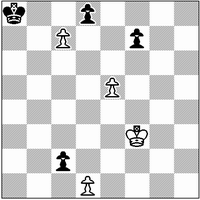 |
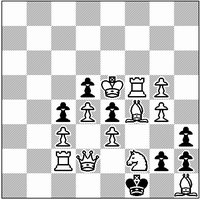 |
||||||||
HS#3 |
Super-Circe Eiffel Chess |
(4+4) |
HS#4 |
b) bpd5<=>wSf2 |
(12+7) |
||||
1st Prize: Petko Petkov (Bulgaria) 2nd Prize: Aleksandr Bulavka & Viktor Zaitsev (Belarus) |
| Joost de Heer 3 Pr Tzuica Ty (v) Halkidiki 2004 |
Petko Petkov 4 Pr Tzuica Ty Halkidiki 2004 |
||||||||
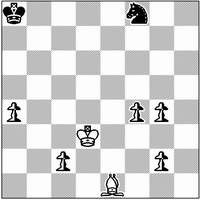 |
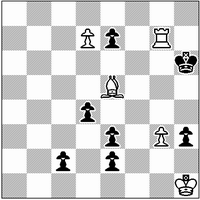 |
||||||||
HS#4½ |
Circe |
(2+2+5) |
HS#3 |
b) +bph5 Eiffel Chess |
(5+7) |
||||
3rd Prize (v): Joost de Heer (Netherlands) 4th Prize: Petko Petkov (Bulgaria) |
|
Menachem Witztum Emanuel Navon Sp HM Tzuica Ty Halkidiki 2004 |
H. Gruber, T. Maeder, b. ellinghoven, H-P. Rehm 1 HM Tzuica Ty Halkidiki 2004 |
Petko Petkov 2 HM Tzuica Ty Halkidiki 2004 |
||||||
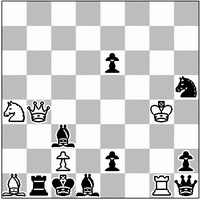 |
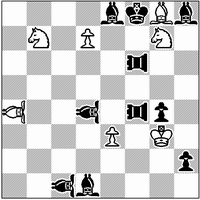 |
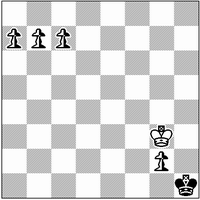 |
||||||
HS#3 |
b) bSd1 |
(6+9) |
HS#3½ |
b) wTg7 |
(7+10) |
HS#4 |
Isardam |
(1+1+4) |
|
Special Honourable Mention: Menachem Witztum & Emanuel Navon (Israel) 1st Hon. Mention: Hans Gruber, Thomas Maeder, bernd ellinghoven & Hans-Peter Rehm 1.c8=nL g1=nL 2.nLh3 nLh2+ 3.b8=nL nLf4 and now 4.a8=nL+ Kg2# Once again economy is optimal in this 4 neutral Bishop promotions problem. Isardam condition is masterly used by its own inventor. |
|
František Sabol 3 HM Tzuica Ty Halkidiki 2004 |
Bjørn Enemark Comm Tzuica Ty Halkidiki 2004 |
Unto Heinonen Comm Tzuica Ty Halkidiki 2004 |
||||||
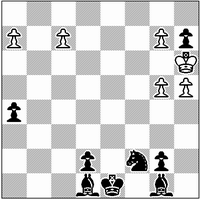 |
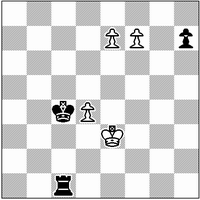 |
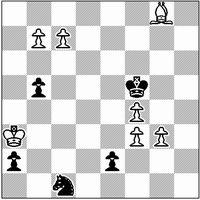 |
||||||
HS#3 |
211111 Mars-Circe |
(6+8)
|
HS#6 |
(4+3)
|
HS#4 |
(7+5) |
||
|
3rd Honourable Mention: František Sabol (Czech Republic) Commendation: Bjørn Enemark (Denmark) 1.b8=T a1=L 2.Tf8+ Lf6 3.c8=S e1=D and now 4.Se7+ Dxe7# |
|
Kohey Yamada Comm Tzuica Ty Halkidiki 2004 |
Aleksandr Miholap Comm Tzuica Ty Halkidiki 2004 |
Yuji Kikuta Comm Tzuica Ty Halkidiki 2004 |
||||||
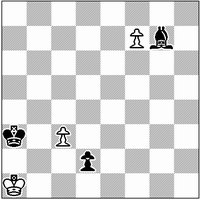 |
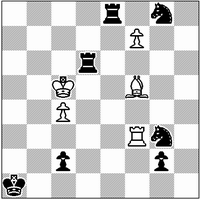 |
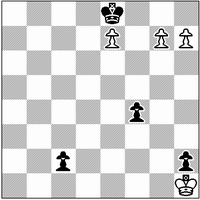 |
||||||
| HS=3 | b) pf7=>f6 |
(3+3)
|
HS#3 |
b) Ka1=>h2 |
(5+7)
|
HS#5 |
(4+4) |
|
|
Commendation: Kohey Yamada (Japan) Commendation: Aleksandr Miholap (Belarus) Commendation: Yuji Kikuta (Japan) |